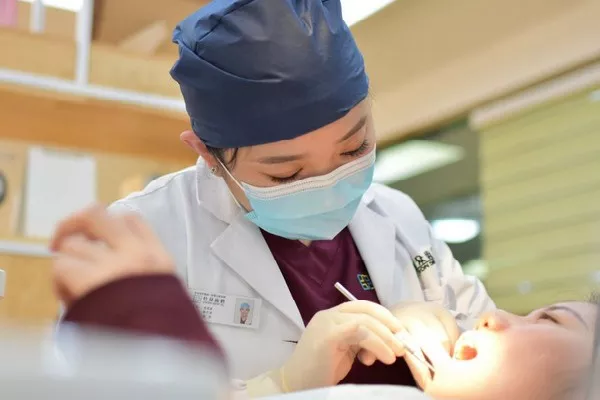Tartar, also known as calculus, is a hard deposit that forms on teeth due to the accumulation of plaque. It can lead to gum disease, tooth decay, and bad breath. Many people wonder if they can remove tartar themselves at home. In this article, we will explore the safety and effectiveness of DIY tartar removal and provide tips for maintaining good oral health.
Causes of tartar on teeth
Here are some causes of tartar on teeth:
- Poor oral hygiene: When you don’t brush or floss your teeth regularly, food particles, and plaque can build up and harden into tartar.
- Age: As you age, your salivary glands may produce less saliva, which can lead to a buildup of bacteria and plaque on your teeth that can eventually turn into tartar.
- Diet: A diet high in sugar and carbohydrates can contribute to the formation of tartar on your teeth.
- Tobacco use: Smoking or chewing tobacco can cause the buildup of tartar on your teeth.
- Genetics: Some people may be more prone to developing tartar due to genetics.
- Dry mouth: A lack of saliva can make it easier for plaque to build up and harden into tartar.
- Medical conditions: Some medical conditions like diabetes or autoimmune disorders can increase your risk of developing tartar.
The Dangers of DIY Tartar Removal
- Risk of Infection
DIY tartar removal can increase the risk of infection if proper hygiene is not maintained. This is because the tools used for tartar removal, such as dental scalers and picks, can cause damage to the gums and create open wounds that are susceptible to infection.
- Damage to Tooth Enamel
Tartar removal requires scraping off hard deposits, which can also cause damage to the enamel of the teeth. Enamel is the hard outer layer that protects teeth from decay and erosion. Damaged enamel can lead to tooth sensitivity, decay, and even tooth loss.
- Gum Damage
Tartar removal also poses a risk of gum damage. Improper use of dental tools can cause bleeding, inflammation, and even recession of the gums. This can lead to tooth loss and other serious dental problems.
Effective Ways to Remove Tartar Safely
- Regular Brushing and Flossing
Prevention is the best cure when it comes to tartar buildup. Regular brushing and flossing can remove plaque before it hardens into tartar. It is recommended to brush twice a day with a fluoride toothpaste and floss daily to maintain good oral hygiene.
- Professional Dental Cleaning
Professional dental cleaning is the safest and most effective way to remove tartar. A dental hygienist or dentist will use special tools to remove tartar without causing damage to the teeth or gums. It is recommended to have a dental cleaning every six months to maintain good oral health.
- Mouthwash
Mouthwash can be a useful tool in preventing and treating tartar buildup. Antimicrobial mouthwash can kill bacteria and prevent plaque from hardening into tartar. However, it is important to use mouthwash as a supplement to regular brushing and flossing, not as a replacement.
Maintaining Good Oral Health
- Diet
Maintaining a healthy diet can also help prevent tartar buildup. Foods high in sugar and starch can promote the growth of bacteria that cause plaque and tartar. Eating a diet rich in fruits, vegetables, and whole grains can help maintain good oral health.
- Hydration
Drinking plenty of water can help wash away bacteria and food particles that contribute to tartar buildup. It can also help promote saliva production, which is essential in neutralizing acid in the mouth and preventing tooth decay.
- Regular Dental Checkups
Regular dental checkups are crucial in maintaining good oral health. A dentist can detect early signs of gum disease, tooth decay, and other dental problems. Early detection can prevent further damage and ensure timely treatment.
DIY tartar removal can be dangerous and should be avoided. Regular brushing and flossing, professional dental cleaning, mouthwash, a healthy diet, hydration, and regular dental checkups are effective ways to prevent and treat tartar buildup safely. Remember, good oral health is essential in maintaining overall health and well-being.
Related Topics:
































